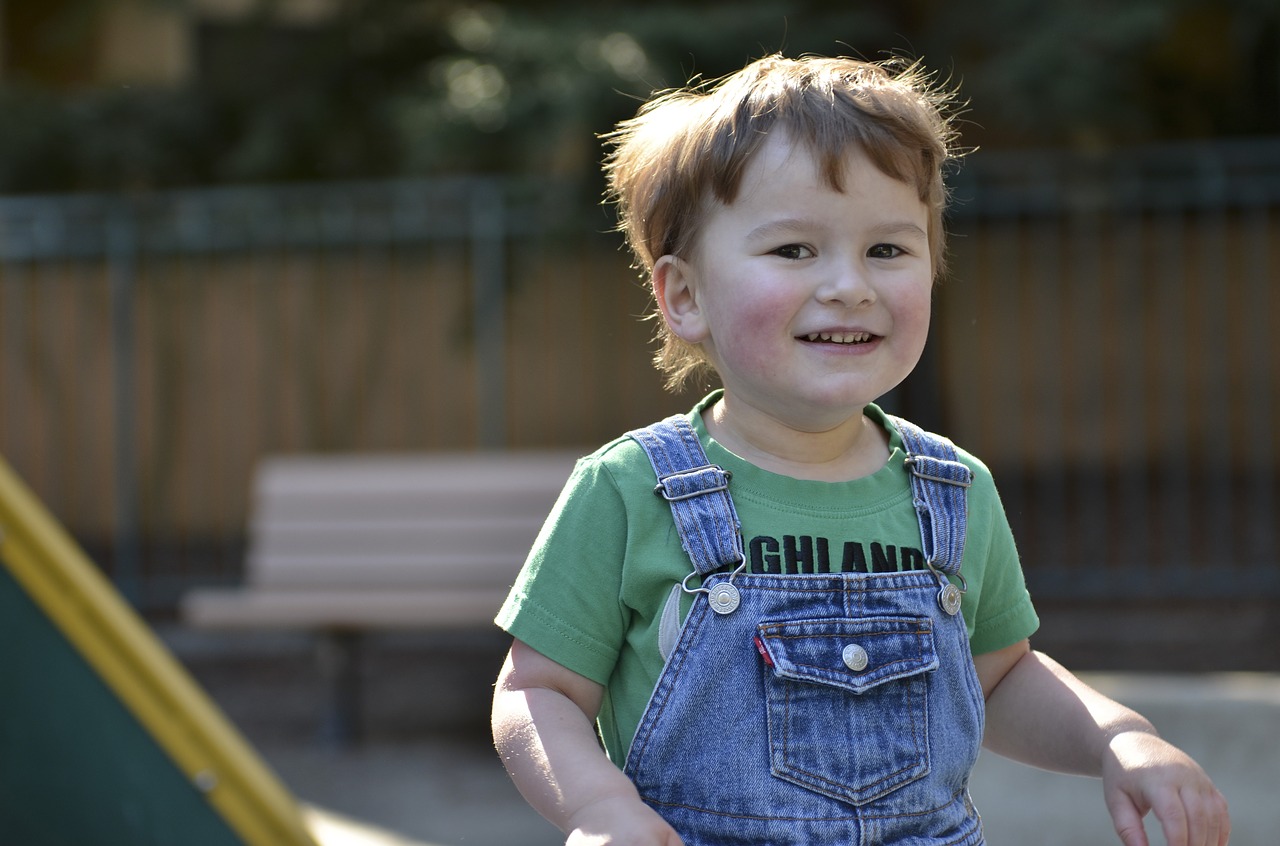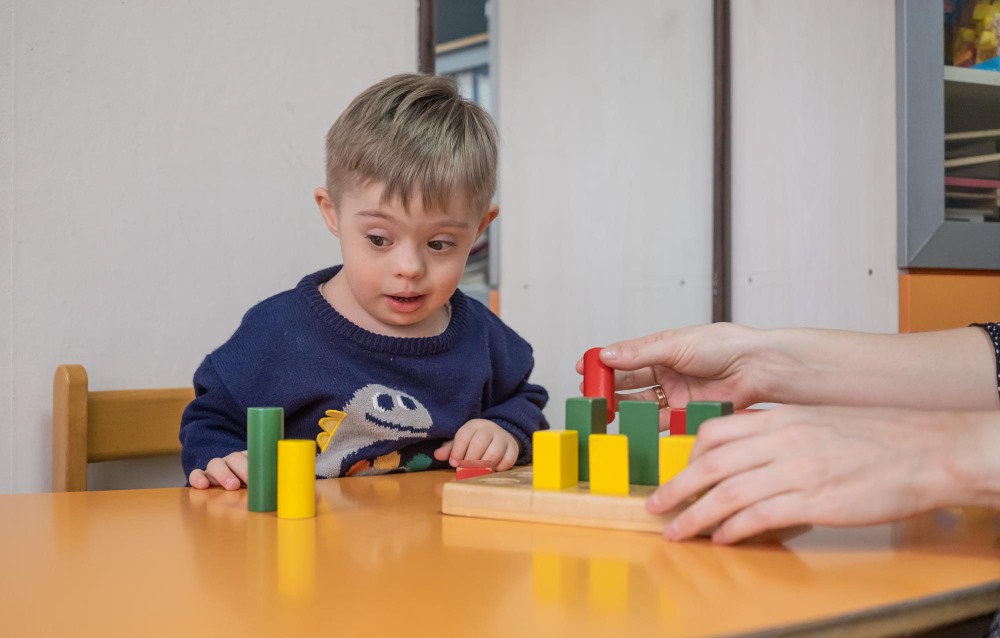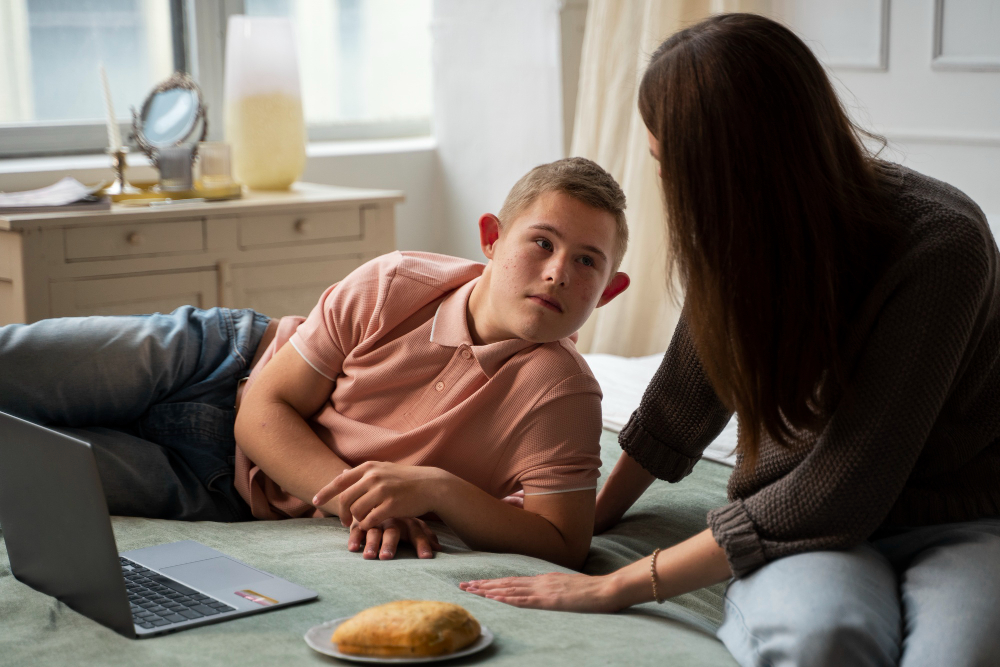One of the most talked-about neurodevelopmental disorders, autism in children, has reportedly shown muted responses to general human feelings.
Children are often credulous, and they are known to express their feelings more profoundly compared to an adult. Thus, moments of joy, anger, anxiety, or fear elicits a wide range of emotions. However, when facing a circumstance that would otherwise make a child afraid, an autistic child grows weirdly silent.
As they continue to confront such situations, a series of verbal as well as non-verbal communication make way for such repetitive behavior to become second nature.
While there is no identified cure for the same, all forms of diagnosis carry a certain level of uncertainty. This, in turn, makes the prognosis for the child depend on the individual mode of treatment.
Hyperbaric Oxygen Therapy (HBOT), which has had phenomenal success in the past treating wounds and brain injuries, has recently been identified as an alternate form of treatment for autism.
There have been multiple studies where subjects have reportedly responded well with regular sessions of hyperbaric therapy for autism.
.
In this post, we mull over the scope of HBOT in treating autistic children for muted responses for traditionally negative emotions like fear, and other feelings.
Citings and mentions in medical studies
Reportedly, multiple medical pieces of research have depicted the absence of fear in children suffering from autism at an early age. The researchers have taken into account a wide range of encounters, like talking to a stranger, traffic zones or water bodies, and also at times left alone in the dark.
Such observations put forward a series of concerns threatening the lives of these children.
Reputed institutions like Tufts University in Boston and Yale Toddler Developmental Disabilities Clinic have also noted how the same children with muted responses towards fear show equal levels of joy when compared to a rather normal child.
Strangely enough, when they confront difficult or risky situations, their response tends to go muted or stay neutral. More importantly, they show signs of being frustrated but leave no clue of anxiety or fear. As these behavioral issues keep increasing with time, it adds to the tension and anxiety for parents.
Known for its ability to boost cerebral perfusion, hyperbaric therapy for autism comes well postulated as an effective alternate form of treatment.
A study conducted in 2006 reported a significant improvement for the clinical symptoms associated with a total of six autistic children. They were all aged between two and seven and have undergone a total of forty HBOT sessions (1 hour each).
Another important finding concluded how five out of seven children, aged between five and nine, suffering from autism showed marked improvement across five primary domains:
- Coordination of eye and hand
- Basic motoring skills
- Development of language
- Self-help skills and
- Social development
They all were subjected to a total of ten such HBOT sessions and administered with pure oxygen at 1.3 ATA.
HBOT– Effectiveness and Differences of opinion
An autistic child is led inside the hyperbaric chamber, following which he is treated with pure oxygen at an enhanced atmospheric pressure (1.2 atm-5 atm). The pressure level depends on the severity of the condition.
It is the inhaling of above-the-atmospheric pressure oxygen that instantly elevates the arterial partial pressure.
As the brain absorbs more oxygen, the affected cell tissues phases to regeneration mode, and helps restore basic neural functions that stand impaired.
Besides, hyperbaric therapy for autism might also carry certain inflammatory properties owing to the reduction of pro-inflammatory cytokines, namely, interleukins 1 and 6, tumor necrosis factor–α, and interferon-γ.
HBOT also helps to up-regulate antioxidant enzymes production along with mitochondrial dysfunction.
Despite a series of promising results, several instances of medical literature offer a counter view for the efficacy of hyperbaric therapy for autism.
They form a strong opinion about HBOT being identified as an approved treatment for decompression sickness. However, when it comes to autism, HBOT still doesn’t have an official clearance from the Food and Drug Administration (FDA).
In another study to track the efficacy of hyperbaric therapy for autism, three such children aged between six and seven with intense muted behavioral concerns were chosen.
Following one hour of HBOT session (total 40 of them) and pure oxygen administered at 1.3 ATA, only one child among the seven showed improvement in communication and engagement. The other two children showed little or minimal alteration from their baseline behavior.
Notably, all three children reported a decrease in problematic behaviors albeit, the figures were not satisfactory enough to conclude hyperbaric therapy of autism as a recognized form of treatment.
Conclusion
Although the idea of hyperbaric therapy for autism has been subsequently introduced and withdrawn, the study results offer mixed reactions.
As children suffering from this neurological disorder stand clueless for an alternate form of treatment, HBOT might be recommended by private practitioners as a last resort.
However, hyperbaric therapy for autism is not accessible to all due to its limited usage, and high cost per session. Also, not being recognized by the FDA puts it in a rather odd situation without any medical coverage.




